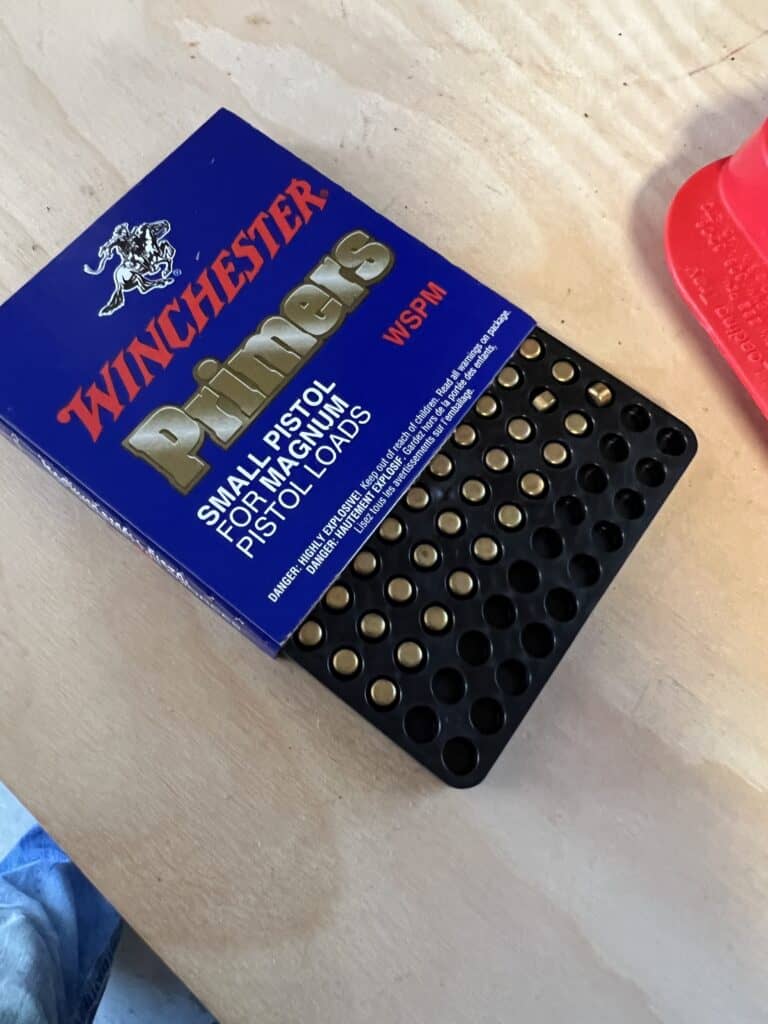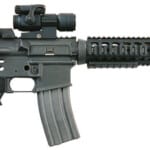
Introduction

Cartridge primers, though small in size, play a critical role in the functionality and reliability of ammunition. The primer is responsible for igniting the propellant powder inside the cartridge, ultimately propelling the bullet. Understanding the primer—types, sizes, numeric ratings, and impact on shooting performance—is essential for reloaders, competitive shooters, hunters, and firearms enthusiasts alike.
This definitive guide explores the history, the different types available, and their role in ammunition performance. If you're looking for the most comprehensive, accurate, and authoritative resource on primers, this article delivers expert-level insight with all the details needed to make informed decisions.
The Evolution of Cartridge Primers: A Historical Perspective
The Birth of the Centerfire System
The centerfire cartridge system was developed to address the limitations of early rimfire designs. Rimfire cartridges, such as the .22 Short (1857), had the primer compound distributed within the case rim, making them cheap to manufacture but structurally weaker, limiting them to low-pressure loads.
The first practical centerfire cartridge was developed by Jean Samuel Pauly in the early 19th century. His design incorporated an integrated primer, laying the foundation for modern metallic cartridges. Later, Casimir Lefaucheux introduced the pinfire system (1835), an early centerfire-like design. By the 1860s, true centerfire cartridges emerged, leading to their dominance over rimfire designs due to higher pressure capabilities and reloadability.
The First Widespread Centerfire Cartridges
- The 11mm Chassepot (1866), used by the French military, was one of the first widely adopted centerfire military cartridges.
- The .50-70 Government (1866) was the first centerfire cartridge officially adopted by the U.S. military, preceding the .45-70 Government (1873).
- The .577/450 Martini-Henry (1871), used by the British Army, demonstrated the strength and reliability of centerfire technology.
Boxer vs. Berdan: The Duel of Primer Designs
The two dominant centerfire primer designs are the Boxer primer and the Berdan primer, each named after its inventor:
- Boxer Primer (1866, Colonel Edward M. Boxer, Britain): Features a single flash hole and a built-in anvil. Boxer type primer is easier to reload because the spent primer can be easily punched out.
- Berdan Primer (1868, Hiram Berdan, USA): Features two or more flash holes and an integrated anvil in the cartridge case. Though cheaper to manufacture, they are difficult to reload without specialized tools.
Today, the Boxer primer dominates in the U.S. due to their reloadability, while the Berdan primer remains common in military surplus and European ammunition due to lower production costs.
Anatomy of a Primer: How It Works
A modern primer is a sophisticated component designed for reliable and consistent ignition. It consists of the following parts:
- Primer Cup – The outer shell, usually made of brass or copper, holds all the components together and withstands the impact of the firing pin.
- Anvil – A small metal component inside the primer that provides resistance against which the priming compound is crushed, ensuring proper ignition.
- Priming Compound – A chemical mixture that ignites upon impact, producing a hot flame that ignites the powder charge. Common compounds include lead styphnate, barium nitrate, and antimony sulfide.
- Foil/Paper Disk – Some primers include a thin foil or paper layer to keep the priming compound secure during handling.
- Primer Pocket (in the cartridge case) – A recess at the base of a cartridge case that securely holds the primer.
The proper combination of these elements ensures consistent and safe ammunition performance.
Primer Sizes: Matching the Primer to the Cartridge
Small (0.175 inches / 4.45mm diameter)
- Small Pistol Primers – Standard for 9mm Luger, .38 Special, .380 ACP.
- Small Pistol Magnum Primers – Used for .357 Magnum, .40 S&W (hot loads).
- Small Rifle Primers – Used for .223 Remington, 5.56 NATO, .17 Remington.
Large (0.210 inches / 5.33mm diameter)
- Large Pistol Primers – Used for .45 ACP, .44 Special.
- Large Pistol Magnum Primers – Used for .44 Magnum, .50 AE.
- Large Rifle Primers – Used for .308 Winchester, .30-06 Springfield.
Specialty
- .50 BMG Primers – Large, high-pressure primers for .50 caliber military rounds.
- Match Primers – Specially engineered for precision shooting, ensuring consistent ignition.
- Crimped Military Primers – Found in 5.56 NATO and 7.62 NATO, requiring crimp removal before reloading.
Primer Ratings: Standard vs. Magnum
Standard
- Used for most cartridges under normal conditions.
- Provide consistent, controlled ignition.
Magnum
- Generate hotter and longer flames, ideal for:
- Hard-to-ignite powders (e.g., ball powders like H110, Winchester 296).
- Cold weather shooting.
- Warning: Using a magnum primer without reducing the powder charge can increase pressure beyond safe limits.
Primer Sensitivity & Reloading Considerations
- Federal primers are softest, igniting with light hammer springs (ideal for tuned revolvers).
- CCI primers are harder, preferred for semi-autos and AR-15s to prevent slam fires.
- Winchester primers balance between sensitivity and cup strength.
Corrosive vs. Non-Corrosive
- Pre-1950s military primers contained potassium chlorate, which left corrosive salts requiring water-based cleaning.
- The Modern primer uses lead styphnate, which is non-corrosive.
Conclusion: Selecting the Right Primer for Performance & Safety
Choosing the right primer is critical for ammunition performance. Factors like primer type, size, sensitivity, and heat rating all play a role in accuracy, reliability, and pressure management. Whether you're a reloader, hunter, competitive shooter, or military professional, understanding primers ensures safe and effective ammunition performance.
For additional information, consult SAAMI specifications, manufacturer reloading manuals (Hornady, Sierra, Speer), and ballistic references like "Hatcher’s Notebook" by Julian Hatcher.
Key Takeaways:
✅ The Boxer primer dominates U.S. commercial ammunition. ✅ Magnum primers require adjustments to powder charge. ✅ Primer sensitivity affects firearm function (e.g., revolvers vs. AR-15s). ✅ Crimped primers must be removed before reloading. ✅ Understanding primers enhances accuracy, reliability, and safety.
Optimize Your Ammunition Knowledge – Subscribe for More!
Here's a good place to shop for primers.
If you know of any forums or sites that should be referenced on this listing, please let us know here.



